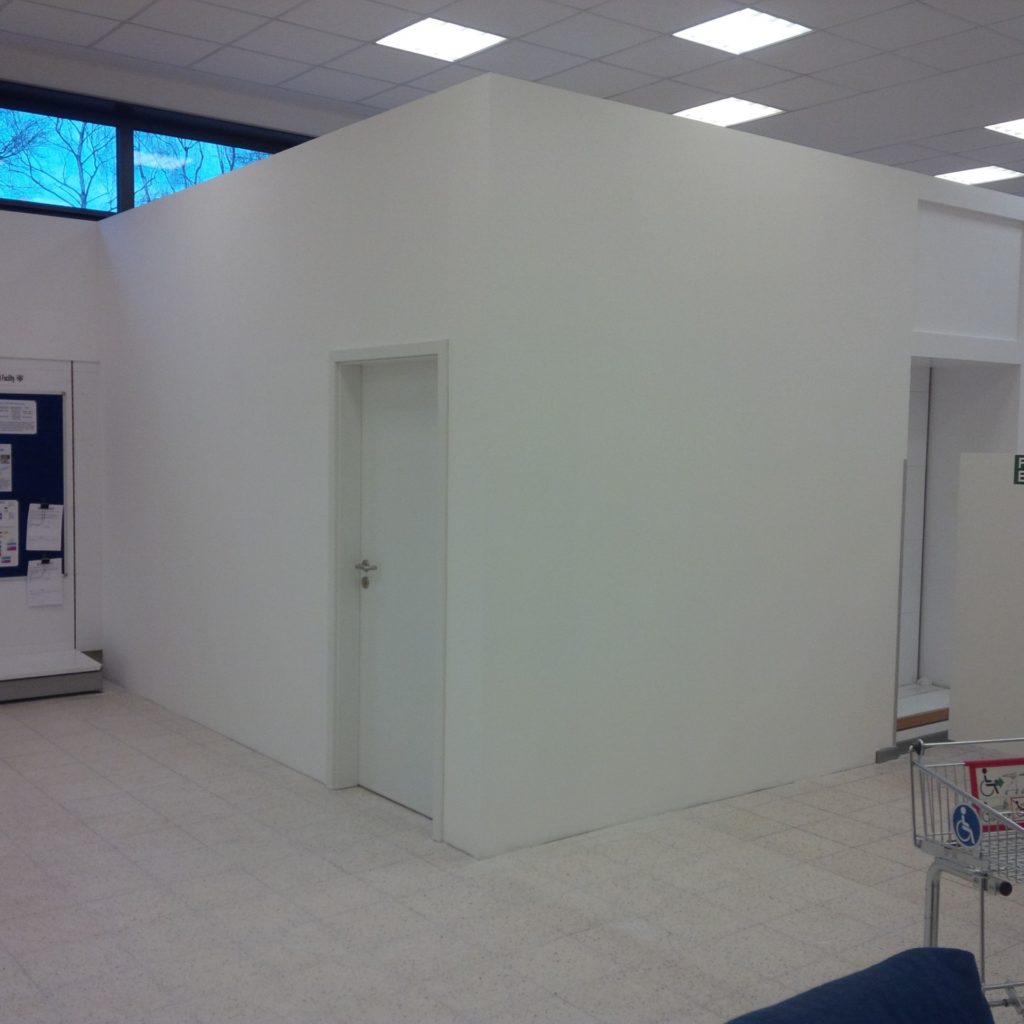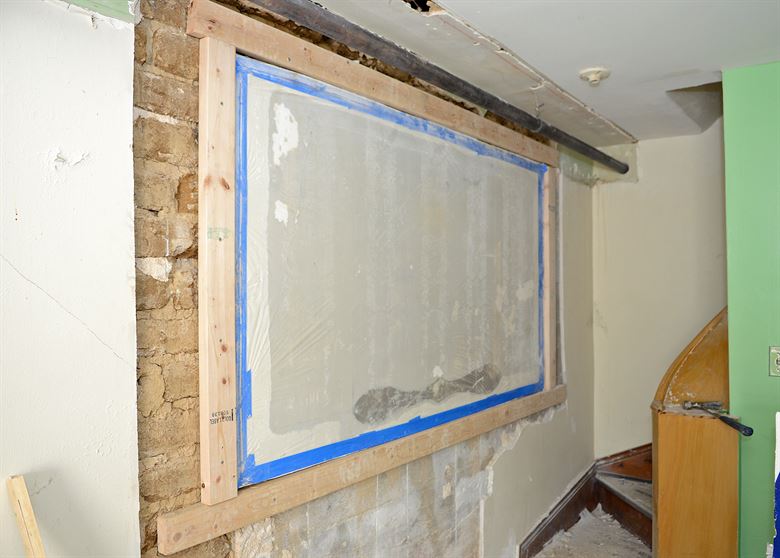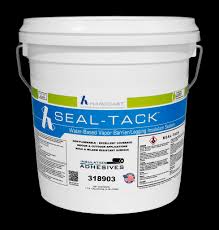This post is a continuation of The New Generation of Insulators (Part 1). Previously we have looked at vacuum insulation panels and aerogels which are not easily affordable for homeowners. This post is part 2 on the topic and you will discover more types of insulators and those that are affordable to homeowners.
Insulating Paint: Composition
Insulating paint is a water-based acrylic paint, composed of four ceramic elements bonded by different resins.
Its insulating and reflective properties provide strong thermal insulation to the painted surface, as heat is not absorbed, so the conductivity of the substrate is no longer an important factor for insulation.
Despite its very low thickness (250 microns), the thermal insulation performance of the ceramic insulating paint is equivalent to 12 cm of polyurethane or 20 cm of rock wool!
The insulating paint contains little VOC (about 20 g/L), so it is environmentally friendly.
Use of Insulating Paint
Insulating paint is used to insulate:
– cold rooms, air-conditioned rooms, and refrigerated vehicles,
– storage tanks, silos,
– hangars and buildings that house animals,
– metal roofs.
To ensure its effectiveness, the insulating paint is mainly available in white.
Exterior Insulating Paint
Outdoor, insulating paint is suitable for thermal insulation of facades and roofs:
– in winter, it avoids heat loss;
– in summer, it insulates from the heat by reflecting sunlight;
– it is in the form of a white plaster;
– it is resistant to bad weather, mold, and dirt;
– it holds well over time, without yellowing.
Interior Insulating Paint

The insulating paint is also suitable for indoor use. It has several advantages:
– it prevents heat loss;
– it reinforces the sound insulation;
– it regulates the humidity level and does not condense;
– it corresponds to the needs of interior paint (choice of colors, absence of unpleasant odors).
Good to know: The insulating paint can be applied indoors and outdoors; in this case, the wall will remain cold and this is very good during summertimes.
Apply Insulating Paint

The insulating paint is suitable for all types of substrates: concrete, wood, metal, PVC, etc.
Before applying insulating paint, the wall must be perfectly dry and clean. In addition, a primer coat must be added on porous surfaces such as concrete.
To obtain good coverage, two coats of insulating paint should be applied, leaving a drying time of two hours between each coat. But be careful, the core drying time takes two to three weeks.
Insulating paint is usually applied by spraying, but a brush or roller can be used. The tools can be cleaned with soapy water.
Reflective Paint: Price
Insulating paint is expensive: about 35 € per liter (for a covering capacity of 2.45 m²/L).
If you wish, we can put you in touch with one or more insulation specialists. They can offer you a free and non-binding quote.
Thin Insulators
Thin reflective insulation is a result of space research. They have now been in existence for a few decades. Some recommend them to insulate the attic, but also the floors, walls, and roof. Others recommend using them only occasionally, such as for garage door insulation. Let’s take a closer look!
Thin insulation is also called thermo-reflective or multilayer insulation.
Thin Insulation: What Is It?
Thin insulation is a lightweight and thin insulation, which varies from a few millimeters to a few centimeters.
It consists of one or more layers of aluminum assembled together and intermediate layers of different kinds: felt, wadding, foam, etc. This is why it is also called multilayer insulation.
These layers act as reflectors, i.e. they reflect heat radiation and thus prevent heat loss. This is why it is also called reflector insulation.
Thin insulation is commonly used for attic insulation. It can also be used to insulate roofs, floors or walls.
Properties of Thin Insulation
Thin insulation is a lightweight, thin insulation that is easy to install due to its flexibility and manageability.
Thin insulation is also a product that poses no health risk and does not contain a carcinogenic compound.
Thermal and Sound Performance of Thin Insulation Materials
Whether thin insulation is a separate insulator or simply a complement to insulation is debated below.
On the one hand, the British organization BM TRADA Certification, whose technical opinions are recognized in France, certified in October 2011 that thin reflective insulation used in real situations complies with RT 2012 and that 3.5 cm of this insulation has the same insulating power as 20 cm of glass wool.
On the other hand, ADEME has selected a 2007 study prepared as part of the Programme for Research and Experimentation on Energy in Buildings (PREBAT), conducted in particular by the CNRS and the CSTB (Centre Scientifique et Technique du Bâtiment). According to this study, the thermal resistance of a 2 cm thick thin insulation is equivalent to that of a conventional 6 cm insulation: this would, therefore, be insufficient to meet regulatory requirements, and would only allow it to be used as an additional insulation to improve the total thermal resistance of the wall, and not as an insulation in its own right.
Indeed, its thermal resistance is low: from 0.1 to 1 m²/K/W, and its soundproofing capacity is also low. But thin insulation manufacturers are highlighting the real impact of insulation on energy consumption. In particular, the effects of wind would significantly reduce the performance of thick, air-permeable insulation whereas the thin insulation is water vapor-tight.
Life Span of Thin Insulation
It is a material that is resistant to moisture and rodents but the performance of thin insulation degrades with the deposition of dust on its reflective surface. So, if you are in a dusty area chance are it won’t last for long, all depending on how much dusty the area is.
Installation of Thin Insulators
The thin insulation is light, flexible and easy to handle, making it very simple and pleasant to install. It can be placed on any shape and surface, and only requires cutting with a cutter and stapling.
The thin insulation is not irritating to the skin and does not emit dangerous dust: there is, therefore, no need for special protection during installation.
Hope this part 2 on the types of insulation helps you out in seeing more clearly as to which type of insulation you will need for your housing needs. Remember to share your experience in the comment section below.



















